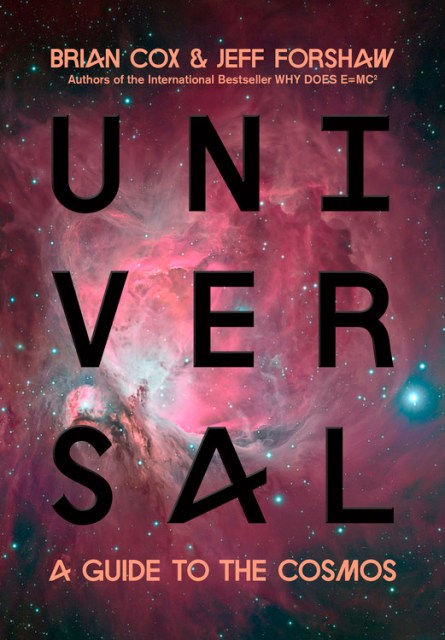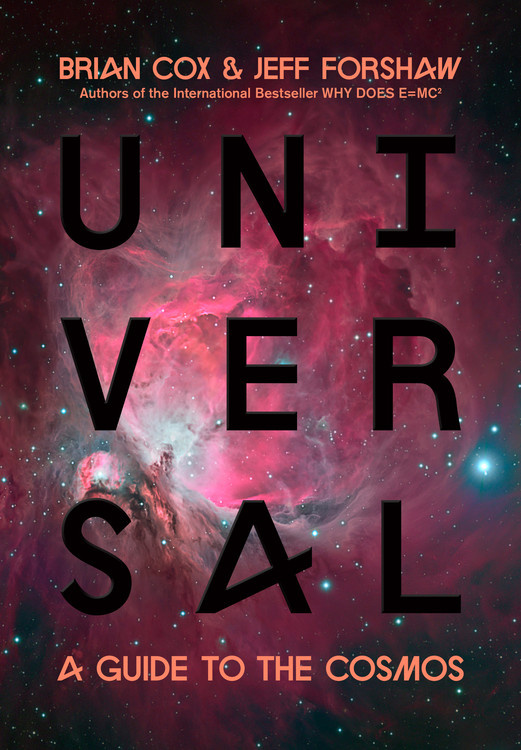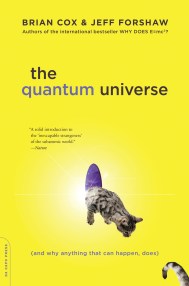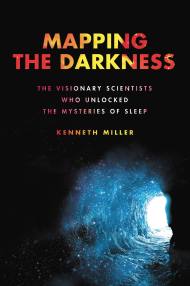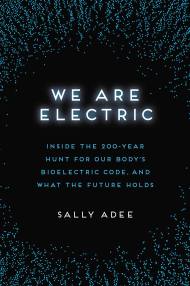Promotion
Use code MOM24 for 20% off site wide + free shipping over $45
Universal
A Guide to the Cosmos
Contributors
By Brian Cox
By Jeff Forshaw
Formats and Prices
Price
$35.00Price
$44.00 CADFormat
Format:
- Hardcover $35.00 $44.00 CAD
- ebook $23.99 $30.99 CAD
This item is a preorder. Your payment method will be charged immediately, and the product is expected to ship on or around March 28, 2017. This date is subject to change due to shipping delays beyond our control.
Also available from:
We dare to imagine a time before the Big Bang, when the entire universe was compressed into a space smaller than an atom. And now, as Brian Cox and Jeff Forshaw show, we can do more than imagine: we can understand.
Universal takes us on an epic journey of scientific exploration. It reveals how we can all come to grips with some of the most fundamental questions about our Earth, Sun, and solar system–and the star-filled galaxies beyond. How big is our solar system? How quickly is space expanding? How big is the universe? What is it made of? Some of these questions can be answered on the basis of observations you can make in your own backyard. Other answers draw on the astonishing information now being gathered by teams of astronomers operating at the frontiers of the known universe.
At the heart of all this lies the scientific method. Science reveals a deeper beauty and connects us to each other, to our world, and to our universe. Science reaches out into the unknown. As Universal demonstrates, if we dare to imagine, we can do the same.
Genre:
- On Sale
- Mar 28, 2017
- Page Count
- 304 pages
- Publisher
- Da Capo Press
- ISBN-13
- 9780306822704
Newsletter Signup
By clicking ‘Sign Up,’ I acknowledge that I have read and agree to Hachette Book Group’s Privacy Policy and Terms of Use
